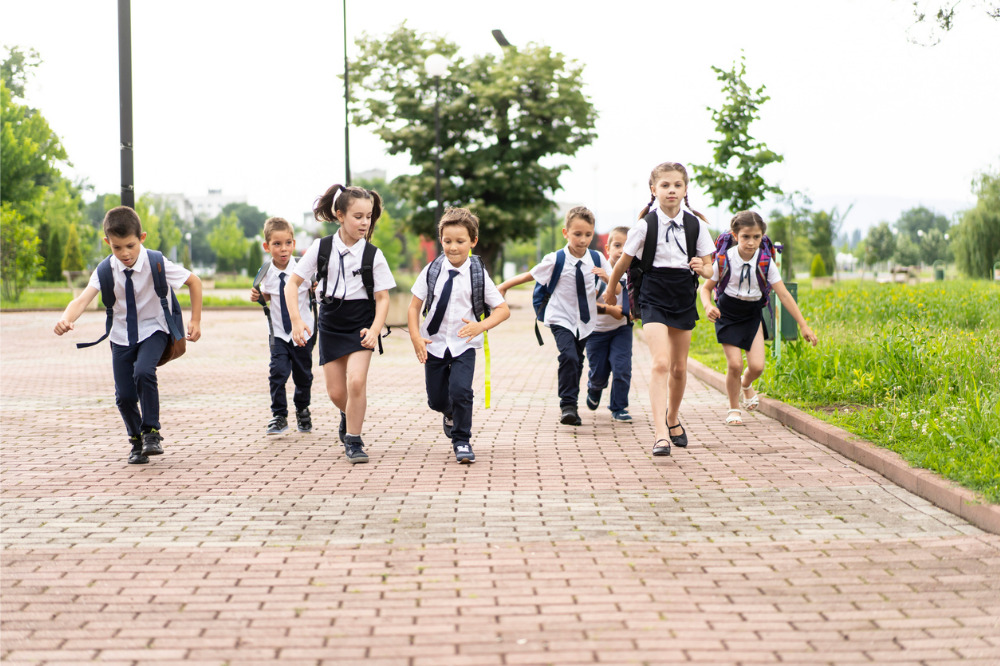
Some of Western Australia’s top private schools are now charging more than $30,000 per year in tuition fees as reductions to funding and higher operating costs continue to weigh on budgets.
New data from Edstart shows Presbyterian Ladies' College will be charging parents $30,912, while Christ Church Grammar, Methodist Ladies’ College and Scotch College have hiked their annual tuition fees to $30,760, $30,669 and $30,600 respectively.
Edstart CEO, Jack Stevens, said higher inflation in the economy is another major factor influencing fee increases this year.
“Schools are facing increases in operating and maintenance costs and have no choice but to pass these costs onto families,” Stevens told The Educator.
“Changes to the way government funding is calculated is also a factor with schools that are facing a reduction to funding needing to top up that gap with additional parent contributions to ensure the school is in a stable position.”
However, Dr Brad Gobby from Curtin’s School of Education questions whether inflation, higher operating costs and funding cuts can justify the types of fee hikes being seen in WA, and across Australia’s private school landscape more broadly.
Dr Gobby said when Australia’s NAPLAN test data and the comparison of OECD PISA results across 68 education systems around the world is taken into consideration, the type or sector of school is not associated with improved academic outcomes when socio-economic background of students and schools is accounted for.
“In other words, if private schools look like they perform better it’s because they enrol already socially and educationally advantaged students who would likely do well regardless of the school they attend,” Dr Gobby told The Educator.
So, what are parents really paying for when forking out for private schooling?
Research in Australia shows that parents choose private schooling for school values, reasons of faith, location, access to resources like pools and sports, and perceived quality pastoral care. Less talked about, says Dr Gobby, is “how paying for a private school pays for the privilege to exclude certain children from your child’s school, to have some control over who their child’s peers will be.”
“What this means is that Australia has one of the most highly segregated school systems in the world, so there is a high concentration of students from privileged socio-economic backgrounds in private schools, while public schools enrol the vast majority of higher needs students like those from lower socio-economic backgrounds, students who have disabilities and Indigenous students,” he said.
“So, many parents think about this and how a school and its name might open doors to certain networks of people, certain professions, and the like.”
Dr Gobby also questions whether taxpayers are getting their money’s worth funding private schools.
“On average, Catholic schools receive around 75% of their funding from state and federal governments and independent schools around 45%. That’s a lot of money, especially for those elite schools that are very wealthy,” he said.
“It can be argued that this government subsidy to so-called private education is driving greater segregation of the education system between rich and poor, and greater inequality between the rich and the poor in educational outcomes.”
Dr Gobby said less segregated school systems are shown to do better.
“If we want to improve the academic outcomes of students across Australia’s education system as a whole, then governments should fund schools in a way that reduces this segregation and the inequalities this drives.”


